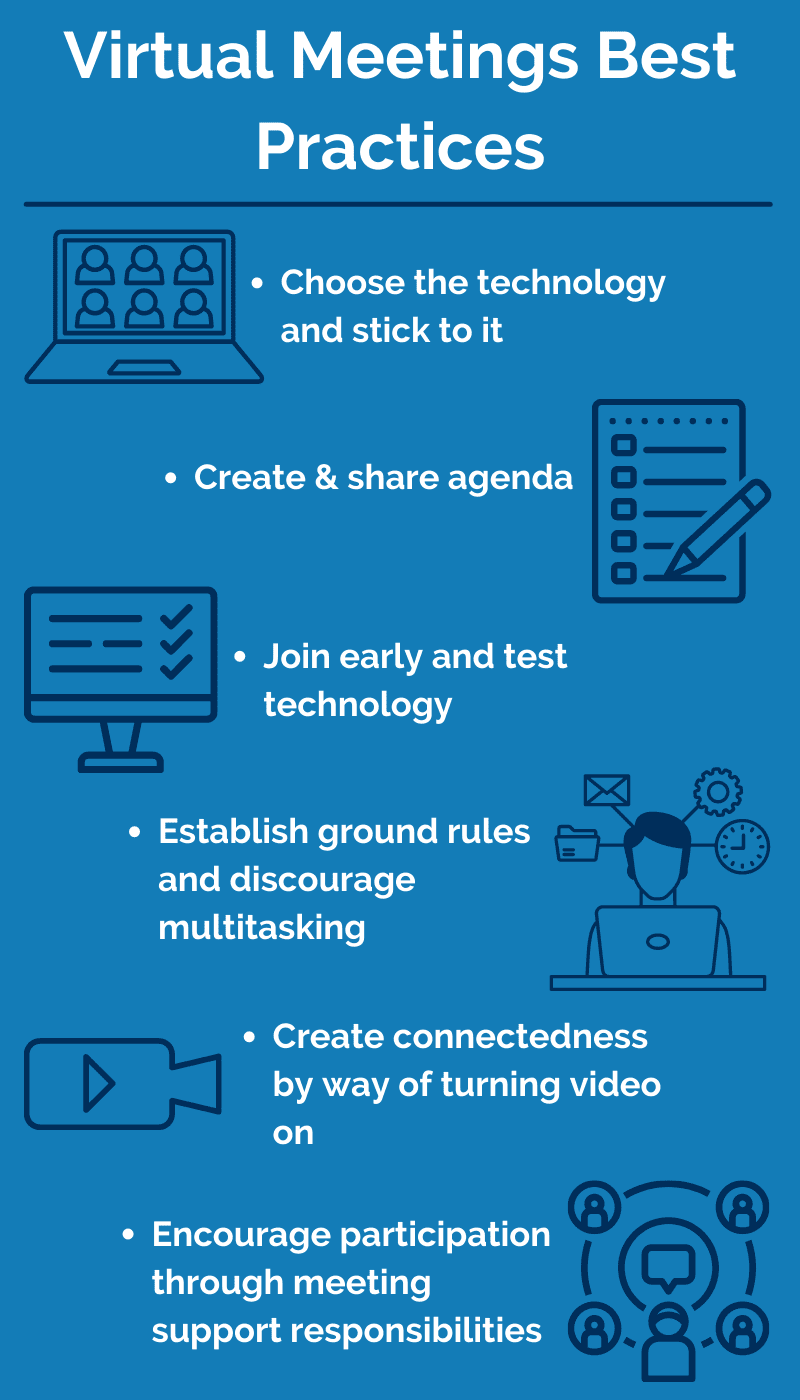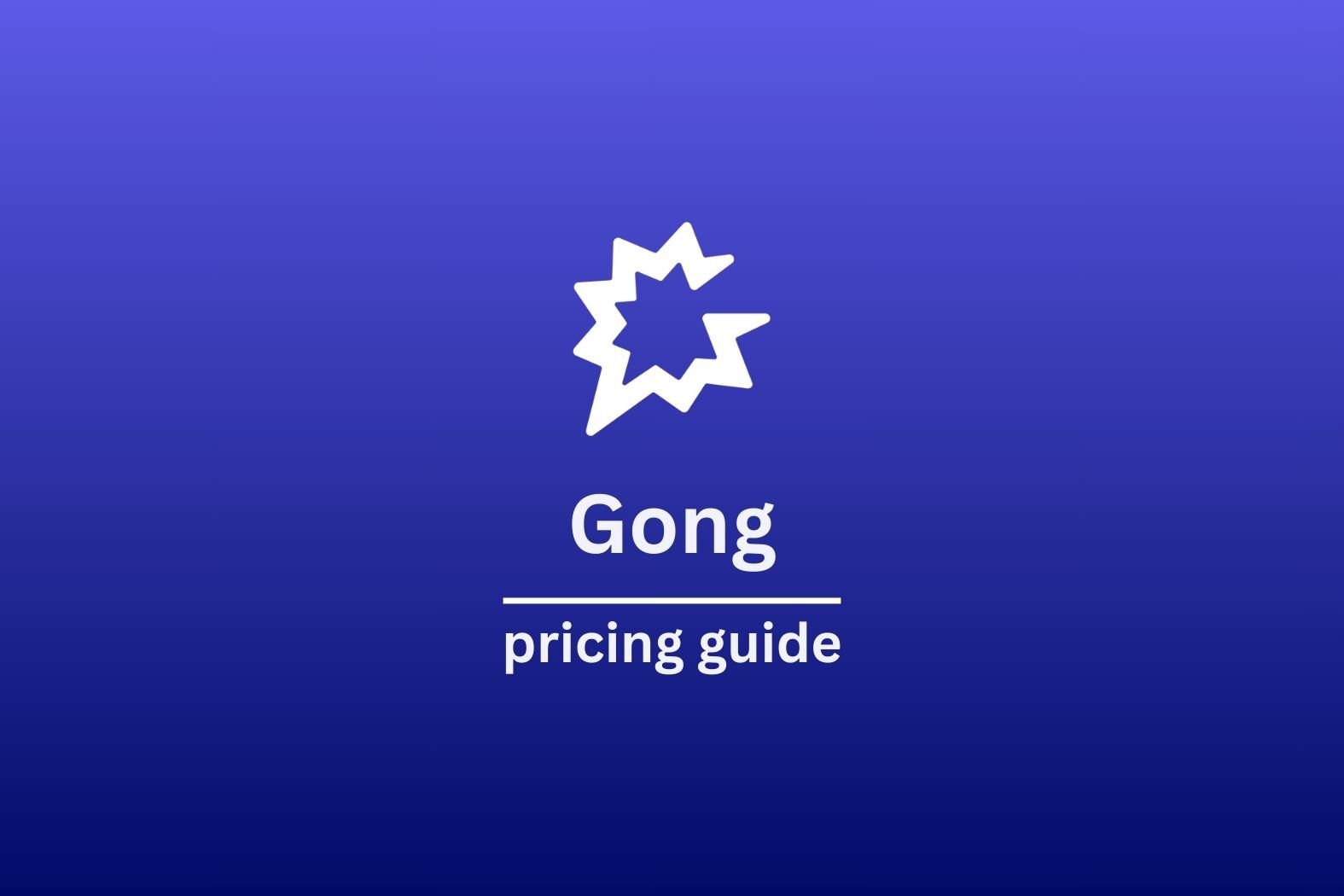Documenting meetings is really important in the professional world. Having a good set of meeting notes, or meeting minutes, makes sure that there is a clear record of what has been said. It captures decisions and action points for future reference too. However, meeting notes vs minutes? There is potential for crossover between meeting notes and meeting minutes. What exactly sets them apart?
Making sure that you, and your team, know what the difference is with meeting notes and minutes can improve your documentation process. In addition, having a clear understanding of what is effective note-taking and minute-writing will also help.
Meeting notes serve a different purpose to meeting minutes, but they are both important.
In the simplest terms, notes are a quick reference of what has been said. They highlight the gist of the discussion.
Minutes however are a more formal record. Minutes can be used in a legal capacity, and are often tied in with financial administration as well.
Making sure that you know what the differences are is crucial for any individual that is involved in meetings. In fact, only a fraction of meetings (11%) are considered productive, so making sure that you have the necessary information that comes from them is very important.
Whether you are the person taking the notes, or just a participant, this can give you a better understanding of the meeting process.
Let’s dive deeper into the differences.
Table of Contents
Understanding Meeting Documentation
Documenting meetings has changed a lot over the years. It was a simple record-keeping tool, typically kept by someone from the secretarial branch typing or using shorthand. It’s now evolved, along with technology, to create incredible data-rich files to work from.
It is also very important for accountability and compliance in the modern world. Many businesses and industries require clear, well-documented notes from every meeting that can be accessed at a later date.
One key theme that comes up whenever we consider meeting documentation is the time impact on ineffective meetings. A survey by Atlassian found that the cost of unnecessary meetings for U.S. companies amounts to $37 billion. This figure underscores the high price of unproductive meetings, not just in terms of financial loss but also in lost productivity and employee dissatisfaction. The reason that documentation is so directly linked to this is because of the amount of time spent rehashing the same things in meetings. Often when meetings are not documented, or even shared, correctly the same things are discussed multiple times.
What Are Meeting Notes?
Meeting notes are a record of what was discussed within a meeting. These can be more theme-based rather than chronological. They are also a lot less formal, capturing the key points and action items.
While a meeting notes should be detailed, they are to serve as a memory aid rather than official documentation.
Notes can be taken by more than one person, and it’s important to collaborate on these together. Taking manual or analog notes can lead to people’s personal experience clouding them. It’s really important to make sure that notes are balanced and factual, so that other team members can understand them and get the key points. This is also particularly important if the team members didn’t attend the meeting.
Another key point when it comes to meeting notes is that these are often the foundation for the start of meeting notes for future meetings.
In order to take effective notes try these following tips:
- Keep sentences short and focused on key points
- Make sure to identify and highly action items and any decisions.
- Take a note of any deadlines or dates that are important to action points.
- Make sure to review and clarify any ambiguities with other meeting attendees.
- Ensure that meeting notes are sent out to those who need them promptly after the meeting.
- Try to use a digital tool for easy note-taking and organization, particularly if your meeting is held remotely.
What Are Meeting Minutes?
Unlike meeting notes, meeting minutes are a formal record of decisions made in a meeting. They are a legal document that makes sure to capture in detail discussions, actions, votes and decisions of a meeting.
These are usually driven by a meeting agenda that has been distributed prior to a meeting. In addition, the meeting notes from previous meetings will be used as the talking points as well. Meeting minutes also include a list of attendees, a summary of each agenda item and the outcome of the decision.
It really is important to have meeting minutes. These are legal documents that are required for corporate governance. They should provide a transparent account of board actions and decision-making. Typically in any legal cases, these will be referred to as well. They offer a clear, unbiased view of the situation, essential for audit trails and showcasing due-diligence and integrity.
There is normally a single person tasked with the meeting minutes, usually a designated secretary or minute-taker. They should be actively listening to and note key points, and who said them, during a meeting. After the meeting is finished, these notes should be formalized into a minutes structure, reviewed for accuracy and completeness before being distributed.
They should be distributed to all attendees of the meeting, and stakeholders for review and approval. This makes sure that everybody is aligned on the decisions made and actions required. There’s also a chance for corrections or clarifications to be made.
Because they are formal documentation, it’s worth looking up some guidelines on meeting minutes based on your locality.
The Key Differences: Meeting Notes Vs Minutes
For a quick reference on how meeting notes and meeting minutes differ here is a quick checklist.
Formality
- Meeting notes are informal, serving as a personal or team aid.
- Meeting minutes are formal, serving as an official document that can be referred to when it comes to law, corporate policy or financial actions.
Content
- Meeting notes summarize key points, actions, important discussions and dates.
- Meeting minutes are comprehensive detailing discussions, specific decisions, vote outcomes and official actions,
Use Cases
- Meeting notes are for more less formal settings like team huddles and project meetings. The focus here is on capturing ideas and tasks.
- Meeting minutes are more formal and need to be used for board meetings, AGMs and more formal gatherings. Any large financial or HR-related meetings must have these for legal and corporate compliance.
Distribution
- Meeting notes should be shared among attendees, and made available to anybody involved in the project.
- Meeting minutes need to be distributed to all stakeholders, and must be carefully managed if there is sensitive information within them.
Choosing Between Meeting Notes, Meeting Minutes or Both
Making sure you have the right form of documentation is really important, particular if the meeting will need to be scrutinized for legal reasons later on.
Effectively using the two mediums can make sure that your meetings are efficiency, well-documented and productive.
If you are not sure which documents you will need for a meeting, ask yourself these three questions:
- What is the purpose of the meeting?
- Who are the intended recipients of the documentation?
- What are the compliance and archival needs?
A Note On Organizational Influence
The very nature of your business or industry can have an impact on what kind of notes you need to take. For a small start-up, it’s likely there will be many “casual” catch-ups and conversations. For a Fortune 500 company, with boards and many stakeholders, it’s likely to be more formalized.
The Use Of Digital Tools
There are now many apps that allow for much more efficient meeting documentation. These aps can support both meeting notes and meeting minutes. As well as being able to document, in real-time, what has been said and who has said it, they can also be stored securely and distributed more efficiently.
Use of this technology means that while a meeting may start off needing notes, if it develops into needing more formal minutes, the opportunity to do it is there. You are then able to select the best choice of the two and formalize any documentation that needs to be done after the meeting.
Best Practices for Taking Meeting Notes and Minutes
Whether you are taking notes or minutes for your meeting, there are a number of things that should be done as part of general best practice.
- Clarity and Conciseness: Whether taking notes or minutes, clear and concise documentation is key. Focus on decisions, action items, and key discussion points.
- Use Meeting Templates: Standardize the process with templates. This ensures all necessary information is consistently captured and easily understood.
- Active Listening: Engage fully in the meeting to ensure accurate and comprehensive documentation. Summarize discussions in your own words to capture the essence.
- Digital Tools and Software: Leverage technology to enhance efficiency. Using a call recording software such as tl;dv can also bring in an AI element, allowing you to hold the meeting and retrospectively action everything efficiently
- Handling Sensitive Information: Always be mindful of confidentiality. Securely store documents containing sensitive data. Limit access to those who need to know
By following these guidelines and utilizing the right tools, you can ensure your meeting notes and minutes are both useful and secure.
Below you’ll see a quick guide to some of the key points of best practices to follow with virtual meetings

Enhance Meeting Productivity Through Effective Documentation
Meetings are a key part of any business, but making sure that they are working is just as important.
Having a whole team that knows the best practices and difference between meeting notes and minutes can transform your efficiency and productivity.
The three most important things to take note of, whether you are doing notes or minutes are:
- Preparation: Make sure every meeting, even if it’s a small huddle, has a clear outcome and agenda. While less formal ones don’t need to be circulated beforehand, have a clear directive of what should come from the meeting,
- Actionable items: Be clear about what the actions to take following the meeting are, who is responsible for them and a timeline they should be done by (or some milestones at least). This makes sure that there is clear accountability and a chance to correctly follow-through.
- Review & Summarize: Make sure that there is some sort of record of the meeting. Meetings with no documentation can lead to abstract outcomes, forgotten ideas and no action.
Better Meeting Documentation Leads to Better Outcomes
Whether you are the one organizing the meeting, or just an attendee, having a clear idea of what the meeting outcomes are is key. This will also lead to the style and function of the meeting documentation required, be it meeting notes or meeting minutes.
If you are interested in finding out how tl;dv can help make this even easier, with a secure, AI-driven meeting taker, then download and try it out for free today.





